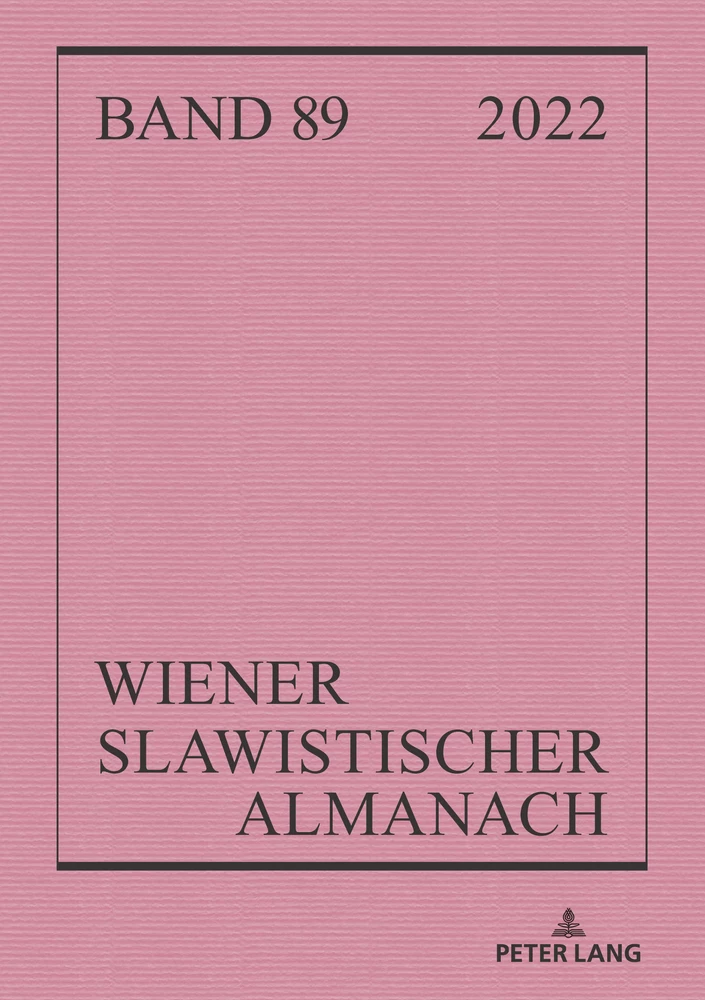From “Female Malady” to an Environmental Condition: Hysteria in the Russian scientific discourse of fin-de-siècle
Published October 30, 2023
Keywords
- hysteria,
- Russian fin-de-siècle psychiatry,
- male hysteria,
- Siberian hysteria
Abstract
This article discusses publications on hysteria in the Russian medical and
psychiatric periodicals of the late nineteenth and early twentieth century, focusing on
the demographic characteristics of the hysterical patients (such as gender, ethnicity,
class, and race). While the earlier publications frame hysteria decidedly as a “female
malady,” later a more complex confluence of factors emerges, reflecting the increasing
attention to male hysteria in Western neurology and psychiatry and the concomitant
strategies to displace this condition onto ethnic others and protect the healthy national
body. Moreover, Russian discourse on hysteria vacillates between the view of this
condition as a malaise of urban modernity and a sign of backwardness, as manifested
by numerous reports of hysterical “epidemics” among peasants. The gender-informed
interpretation of the disorder persists throughout the period, but it is increasingly
overshadowed by other factors, including racial characteristics and environmental
conditions, as in the case of “Siberian” hysteria. I conclude that, while Russian clinical
writers actively engaged with the Western discourse on hysteria, their narratives also
channeled specifically Russian concerns, such as anxiety about Russia’s national body,
the empire’s complex encounters with modernity, and its history of political oppression.

